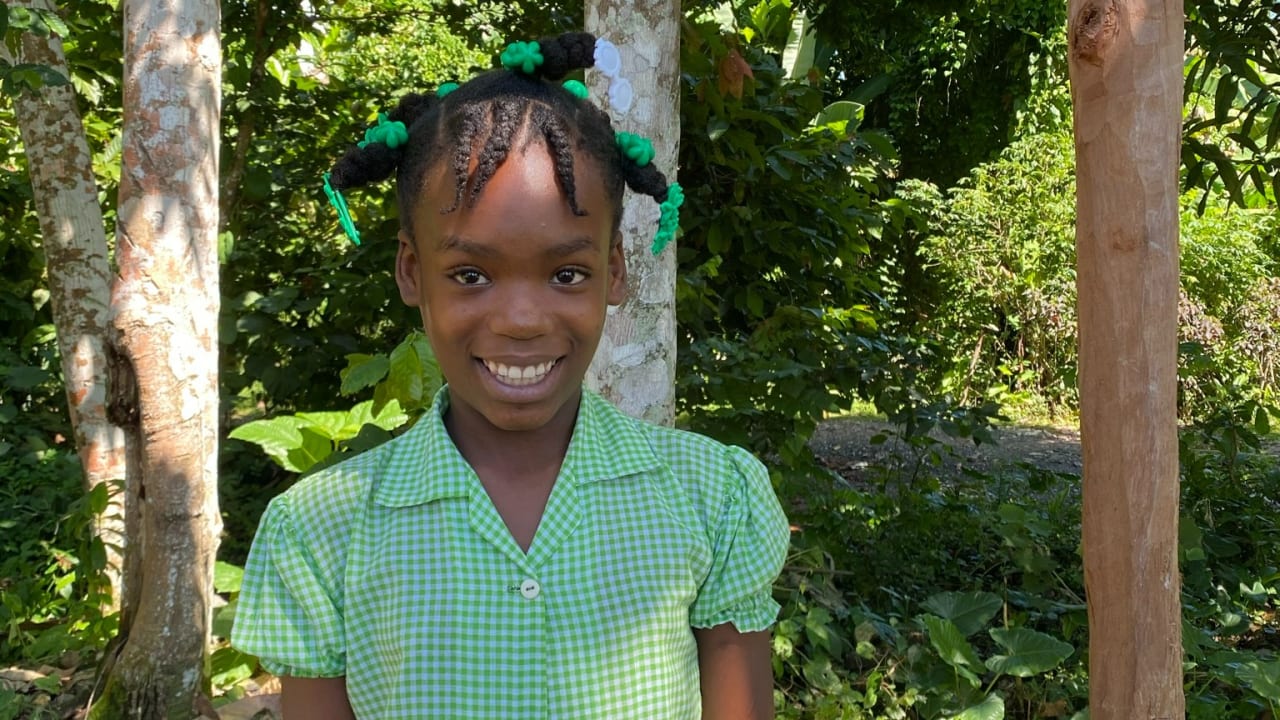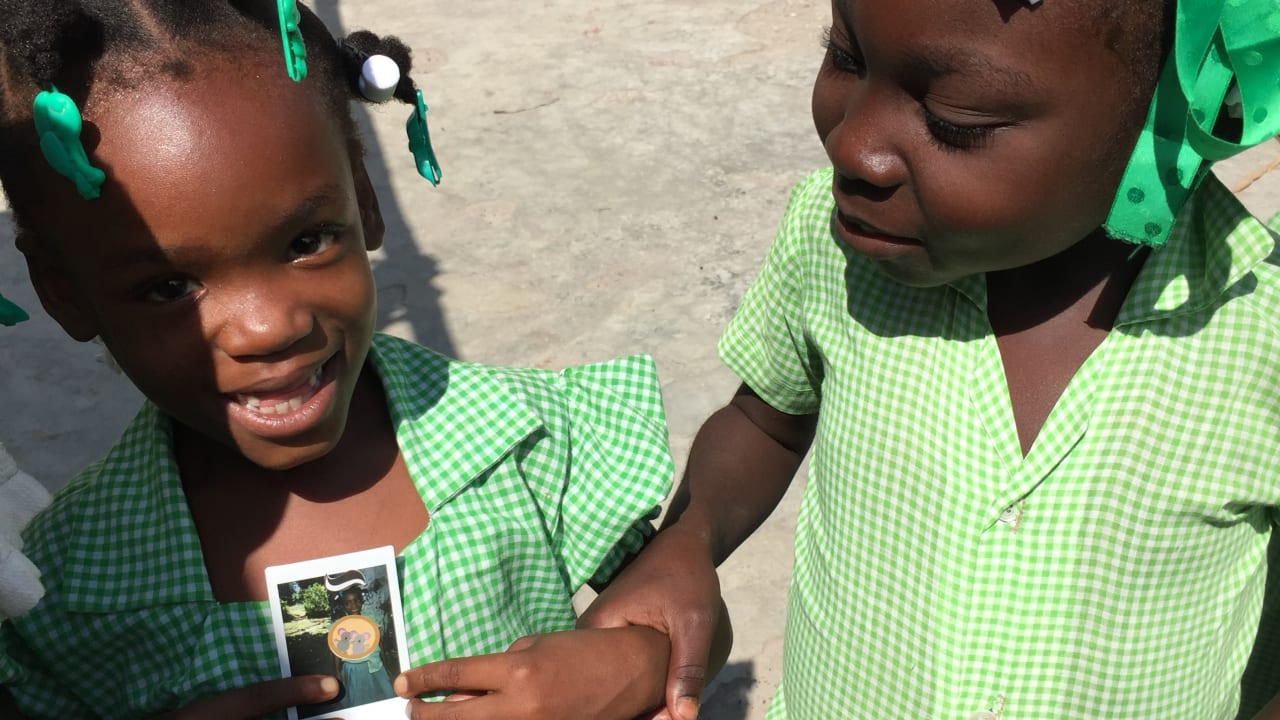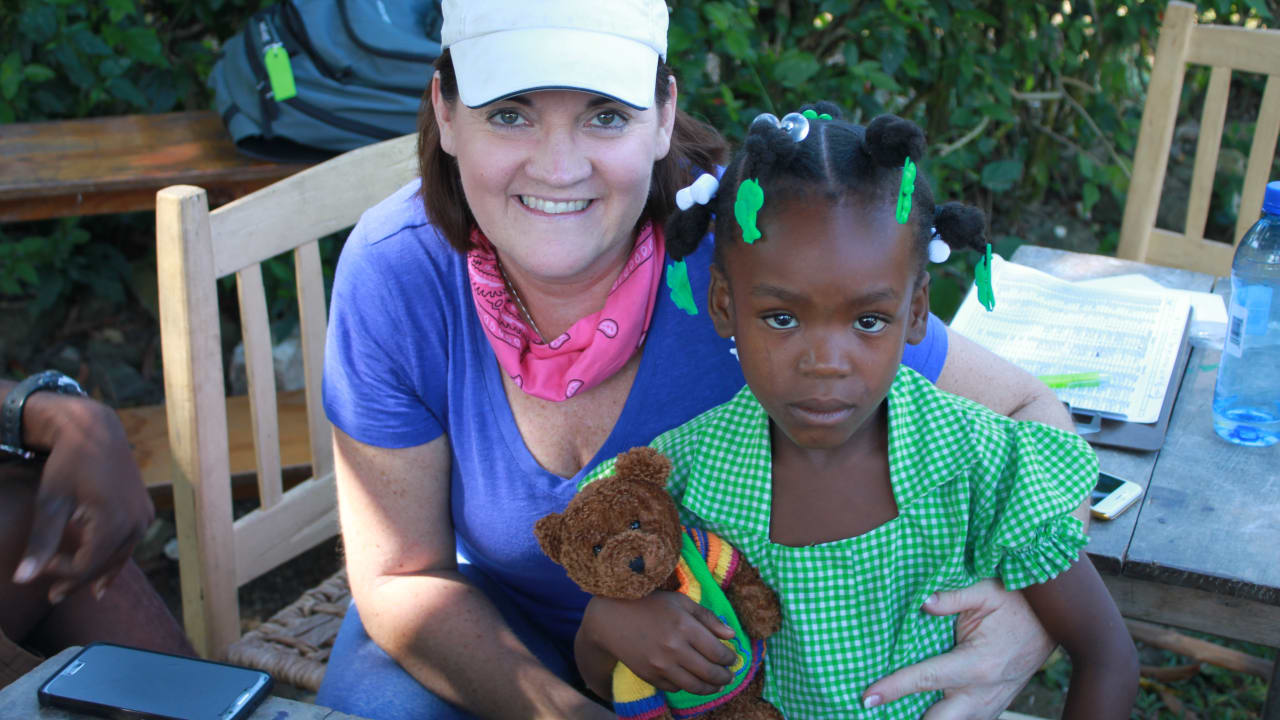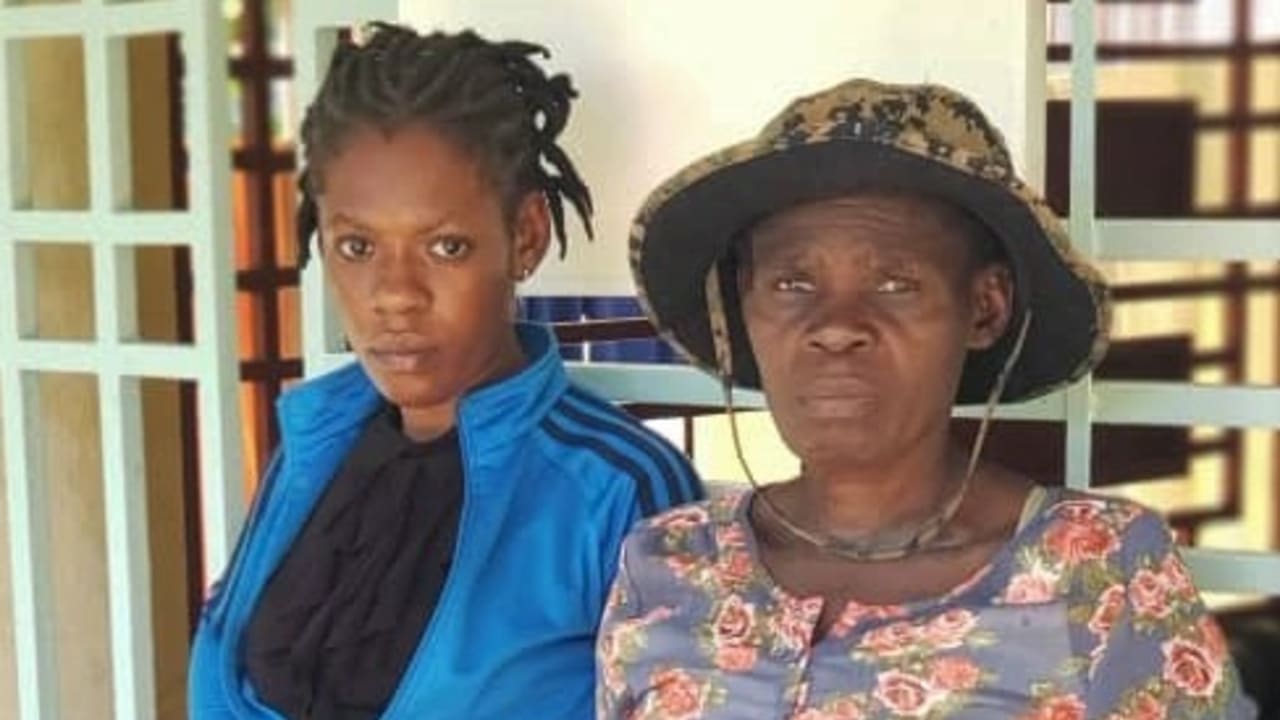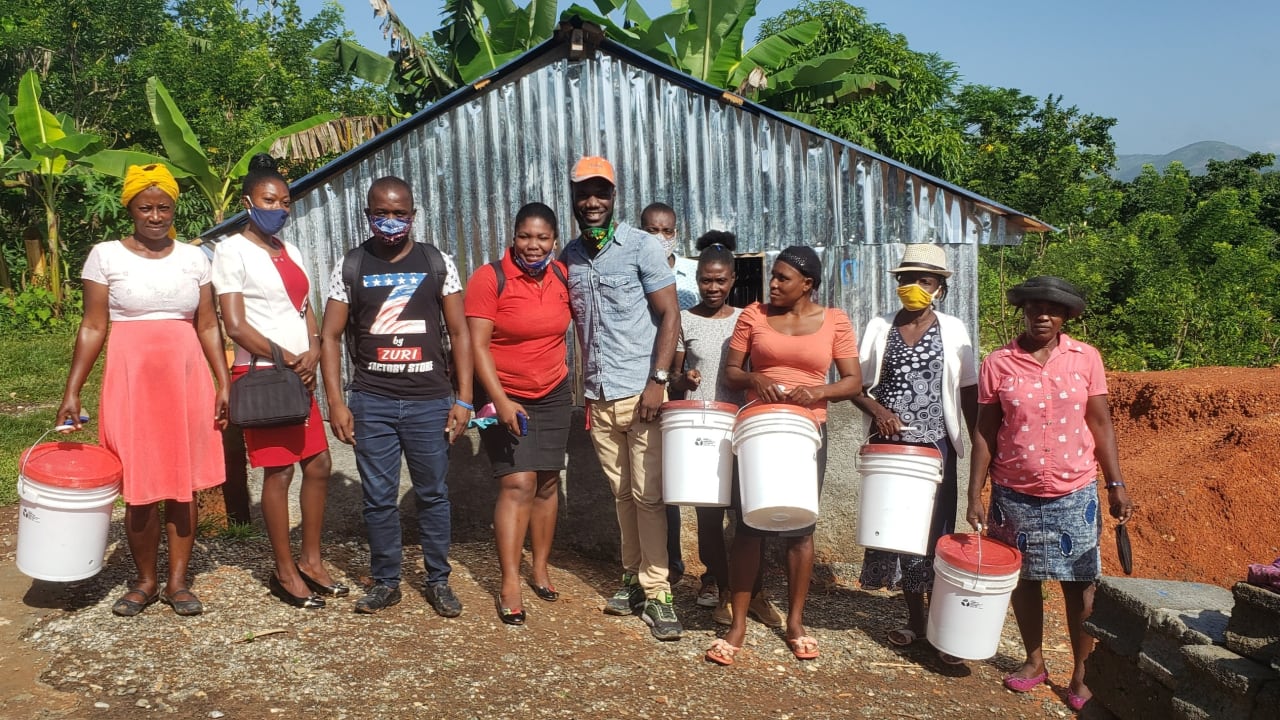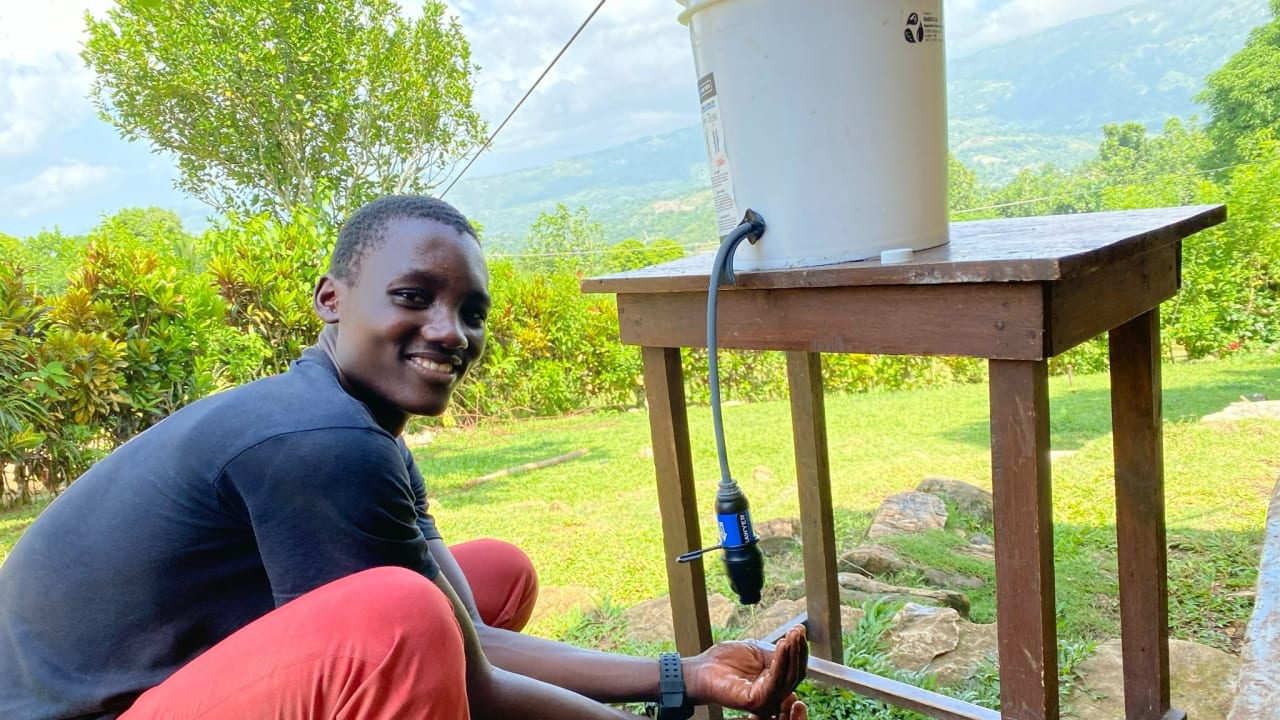Honoring Lives. Saving More.
✨$1,681 of $1,000 goal✨
raised by 6 people
Honor the life of Kencia Romelus by donating to clean water and public health education.
On Monday, November 15th, I
was feeling a little perturbed. I hadn’t heard from our Field Director, Vilex
Plaisir (a real-life hero), all day, and I was waiting for answers to some critical
questions about a construction project. Finally, at 8:43 PM, I received this
message,
“Sorry Marnie for the late answer. I had a difficult day with a lot of sorrow.”
Sorrow has a different depth in Haiti, and difficult has a different meaning than in a first-world country like ours. In Haiti, when the word “lapenn” (Creole for sorrow) is used, it almost always implies the kind of sorrow that comes with death. That was the word Vilex used. And when he used the word difficult in the same sentence (which, for us, implies a mild challenge, but in Haiti connotes something very different), I knew he was about to share something devastating.
And indeed it was. The next text I received from Vilex was this,
“We have a little girl in the (child sponsorship) program. She is dead. I just saw her last week, and I took her picture. I received her letter to her sponsor one day before she died.😪 Her name is Kencia Romelus, one of our kids in Plik. I have not talked to her family yet to know what happened to her, but… she was swollen all over her body.”
It’s hard to describe what I felt at that moment. Sick to my stomach. Remorse that New Life for Haiti could not prevent this. Despair for Kencia’s parents. As a mother, I cannot imagine trying to survive the loss of my child. And then… a memory.
Kencia was one of the girls I met on one of my first trips to Haiti. At that time, she was a toothless Kindergartner, just starting school up in Plik, one of New Life for Haiti’s mountain communities. Kencia had a smile as bright as the Haitian sun and an infectious giggle that exploded when she was around her friends.
Kencia was excited to be going to school. She was proud of her uniform and kept it clean and neat. Kencia received a hot meal the day our team visited her school in Plik, and she and her classmates showed us around their new school. They sang songs about Jesus to our team as they were welcomed into the New Life for Haiti child sponsorship program.
Kencia loved Vilex and laughed at his silly ways of disarming the Kindergarteners he interviewed. He would take his time as he led them through questions that are hard for Kindergartners to answer: “What’s your favorite food? What do you want to be when you grow up? What’s your favorite subject in school?”
When our team left Plik that day, obviously none of us knew how Kencia’s life would end. Still, we had a lot to think about during the two-hour hike down the mountain and the drive back to the mission house: how precious those children were, how very far up in the mountains their families lived, and the dangers that might come with living without running water or electricity.
Fast forward to November 15, 2021 when Kencia went running into the arms of Jesus and away from the family and community whom she shared so much light and goodness with. And our hearts broke here on earth.
Why did Kencia die?
Because Kencia lives in Haiti.
Haiti has the highest mortality rates for infants, children under age five years, and pregnant women in the Western Hemisphere. (Source: https://data.unicef.org/country/hti/)
But more specifically, it could be one (or more) of so many other reasons: Because Kencia’s parents never received health education and lack basic knowledge about when to seek help. Because Kencia drank water from a stream where people do their laundry, bathe, wash their dishes, and where animals cool off. Because Kencia ate meat that had worms. Because Kencia didn’t have a mosquito net or repellent to protect her from mosquito-borne illnesses, like malaria, Dengue fever, or Yellow fever (all of which can cause the type of swelling Kencia suffered from during her last hours on earth.)
And I am reminded.
THIS. This is why I do what I do, day in and day out. This is why Vilex, our Field Director, does what he does, day in and day out. Despite the discouragements of earthquakes and tropical storms. Despite risking his life at certain times through political insecurity. Despite the heartache of losing children.
What do I most want to convey in this letter this year to you, as we all prepare to celebrate the most joyous holiday season? Duality.
You are having an incredible impact on future generations of Haitian children and bringing hope to Haitian families… AND yet, there is so much more needed.
You have built a cistern in Chameau and have raised funds to construct another cistern in Quinton… AND yet, communities like Kencia’s in Plik still need clean water.
You are providing medical supplies to the local clinic and starting to provide community health classes in the village of Rivye Mawo (on campus at the School of Hope)… AND yet, there are dozens of communities in our area of rural Haiti that need the same public health education.
Yes, through child sponsorship, an education and hope for the future are being given to some children and families are being blessed by sustainable agriculture programs. AND yet, the needs remain incredibly deep and wide in the Grand Anse River valley – for children like Kencia, who deserve guaranteed access to clean water and public health education that could have saved her life.
Let’s not let the end of Kencia’s life be the end of her story…
Will you make a sacrificial gift this Christmas, in honor of Kencia, so that no more children will be lost to water-borne illnesses and lack of basic health knowledge? Give today and bring clean water and public health education to Kencia’s siblings, friends, and neighbors.
Let’s give these beloved children the future that Kencia never had.
✨$1,681 of $1,000 goal✨
raised by 6 people

